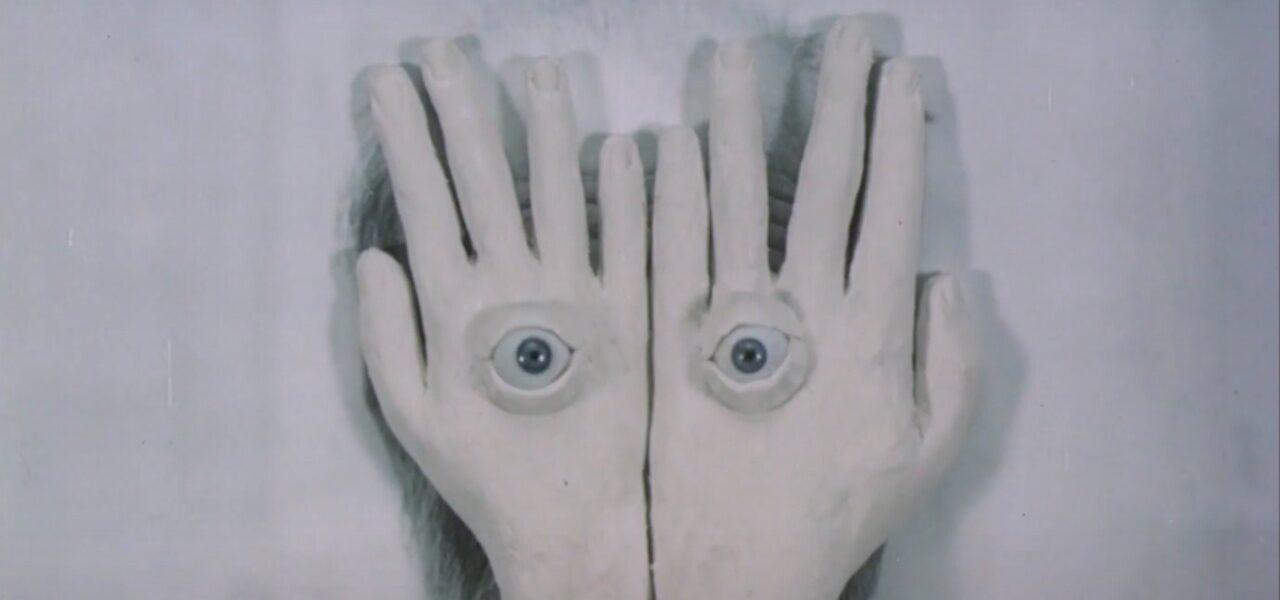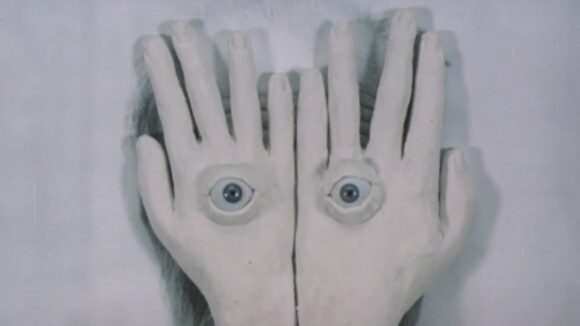

‘Alchemical Furnace’ Review: Intimate Doc Is Not Just For Jan Švankmajer Fans
This feature-length profile of Jan Švankmajer, the endlessly influential Czech Surrealist filmmaker and animator, opens with a piece to camera from the man himself. Lamenting that the film we’re about to see shows only old people, he produces a photo of himself and his late wife Eva Švankmajerova in their youth, “optimistically looking to the future, and foolish.”
The irony is that Švankmajer, now well into his eighties, often cuts the most youthful figure in Alchemical Furnace. The fly-on-the-wall documentary was shot around the production of his 2018 feature Insects and a few overseas trips that followed. Insects was supposed to be the director’s swansong, but here we find him having second thoughts — “I’m not saying that I won’t make another short film” — and generally discussing his art with an energy and clarity of thought that show few signs of waning.
Alchemical Furnace was made by editor Jan Danhel and cinematographer-director Adam Olha, both of whom also worked on Insects; the normally media-shy Švankmajer gave them considerable access to his work and home, which they use well. Their film is not a straight account of its subject’s long career nor an attempt to explicate his work. Instead, they embed themselves in his life, patiently revealing to us some of the objects and ideas that have shaped his filmmaking.
We’re guided through Švankmajer’s cabinet of curiosities: the furniture, fetishes, and other articles that fill his teeming studio in Knovíz. We listen to him elaborate on his artistic philosophy — sometimes in conversation with his clique of fellow Surrealists, sometimes while sparring with his long-time producer Jaromír Kallista, who worries that the director, comfy in his Surrealist bubble, is losing sight of what his wider audience needs. For his part, Švankmajer maintains that creativity lies in retaining a childish outlook, proudly describing himself as “infantile.” (Is that the secret to his youthfulness?)
Two hours long and loosely structured, Alchemical Furnace risks losing the uninitiated at points; people and events go unintroduced, leaving us to deduce who and what we’re seeing. But the film is also well shot and edited, deftly weaving archive materials into its narrative. At times, Švankmajer’s comments are illustrated with a relevant clip from one of his films. At others, motifs from his work resurface in the documentary’s own visual language — there are many shots of hungry eating, for one thing.

Archive footage also gives life to Eva, who died in 2005 yet remains a numinous presence in Švankmajer’s home: he keeps a bed and chair for her, which nobody may touch. She was his spouse, collaborator, and foil, as well as an acclaimed artist in her own right, and his reflections on her life and death become more candid, more moving, as the film goes on.
Alchemical Furnace is no hagiography; Švankmajer, who is humble, would not want such a thing. But we sense that the filmmakers and their subject respect each other. The result is an intimate portrait that holds revelations even for Švankmajer fans, and gives us all a glimpse of how a remarkable creative mind thinks about itself.
“Alchemical Furnace” is currently playing at festivals. Its next screening will be at France’s Festival Premiers Plans d’Angers (January 25–31, 2021). The film premiered at the International Film Festival Rotterdam’s 2020 edition under the title “Athanor – The Alchemical Furnace.”

.png)